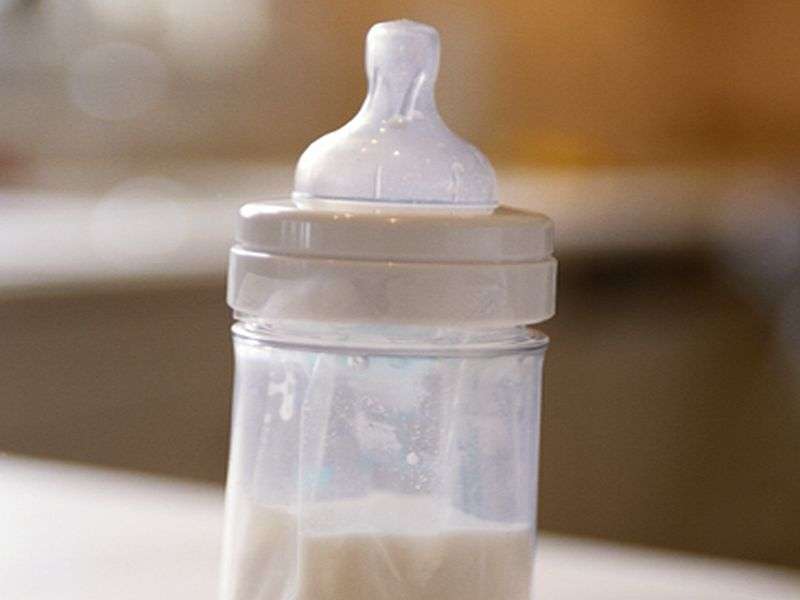Case report describes scurvy in infant consuming almond milk

(HealthDay)—The development of scurvy in an 11-month-old after exclusive intake of almond beverages and almond flour from age 2.5 months is described in a case report published online Jan. 18 in Pediatrics.
Isidro Vitoria, M.D., Ph.D., from the Hospital Universitario y Politécnico La Fe in Valencia, Spain, and colleagues report a case of scurvy after exclusive intake of almond beverages and almond flour from age 2.5 to 11.0 months of life. The 11-month-old infant had been tired and irritable for one month before examination and was referred for pathologic fractures of the femur and failure to thrive.
The authors note that the child had typical signs of scurvy, including osteopenia, cortical thinning, Wimberger ring, Frankel line, fracture, and periosteal reaction; he also had a very low plasmatic vitamin C level. Following diagnosis of scurvy he was treated with vitamin C replacement therapy (300 mg/day). The patient's general condition, pain in the legs, and radiologic features improved; plasmatic vitamin C level normalized; and he started walking over the following three months.
"In summary, this case demonstrates that scurvy is a new and severe complication of improper use of almond drinks in the first year of life," the authors write. "Manufacturers should indicate that these beverages are inappropriate for infants who consume a vitamin C-deficient diet."
More information: Full Text (subscription or payment may be required)
Copyright © 2016 HealthDay. All rights reserved.




















